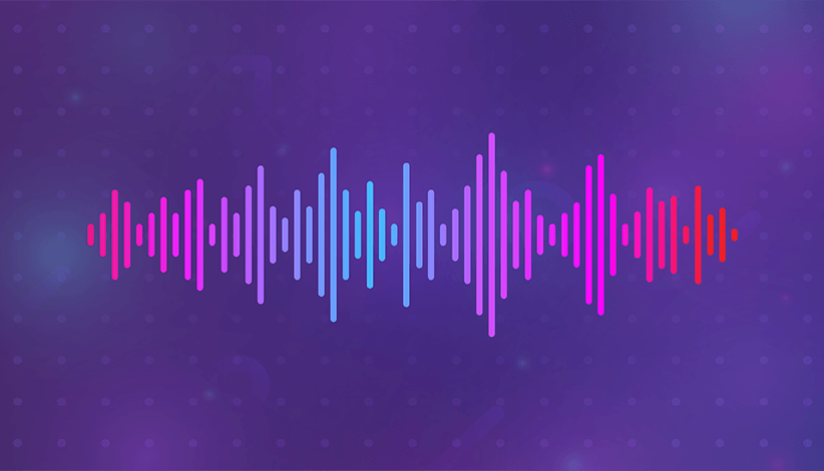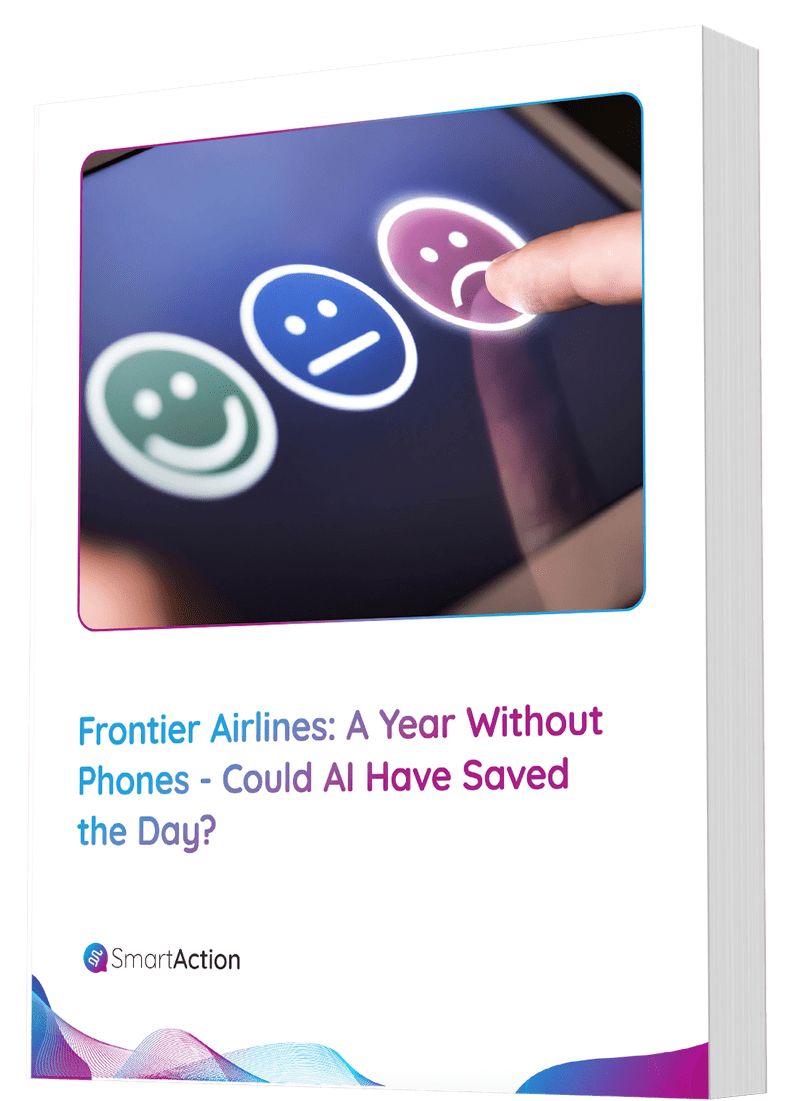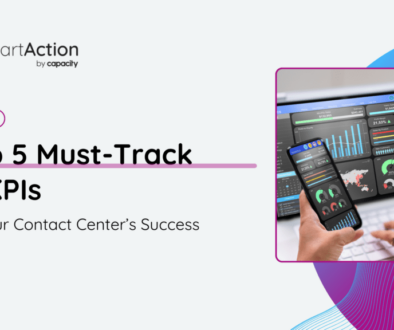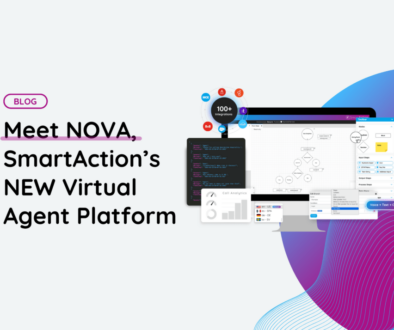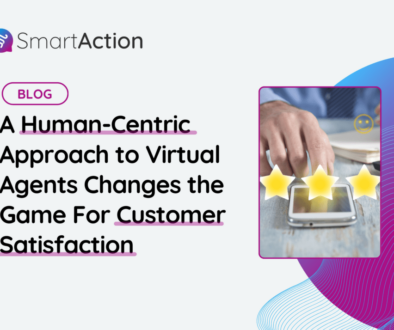IVA is the New IVR
As conversational AI capabilities and affordability have made big strides, organizations of all shapes and sizes are implementing it differently. At the highest level, these companies come in two types. The first hold onto their existing IVR and merely transfer routine conversations to AI-powered virtual agents while transferring the rest to live agents. Many organizations dipping their toe into the water of natural language self-service for the first time will start here to realize the immediate deflection of calls that would otherwise go to live agents. This gives them a feel for the customer experience and immediate ROI.
But as customers are becoming leery of touchtone and difficult or lengthy menus, more organizations are implementing virtual agents as:
1. IVR replacement for conversational intent capture, authentication, and routing
2. Conversational self-service for high volume call types and chats
Moreover, from this foundation, organizations are able to leverage omnichannel capabilities by scaling self-service digitally to chat and/or text from a unified application.
With IVA (Intelligent Voice Automation) as the new IVR, this means greeting callers in a personalized and conversational manner via “How can I help you today?” By enabling open-ended intent capture capabilities, customer friction is greatly reduced.
Moreover, organizations are realizing the real promise of AI by taking this one step further with predictive capabilities to get the job done even quicker. With so much customer data at hand, AI-powered virtual agents can assess the probability of why a customer might be calling in nanoseconds.
Check out this 2:30 min video of recent call samples from real customers that covers these common use cases and more. Only company names have been changed where appropriate. Although these were originally calls, the chat function has been included to showcase omnichannel capabilities across channels.
If the virtual agent extracts intent that is intended to be handled by a live agent, IVA does the job of the IVR by routing to the appropriate agent along with the reason for the call. IVA reduces Average Handle Time (AHT) by automating authentication prior to the transfer for agent assist.
If the intent is something that is intended to be handled by the virtual agent, the customer simply stays in automation where they can self-serve.
In summary, if your IVR is working just fine for you, then keep it and merely use virtual agents to automate the high-volume, repetitive calls and chats coming into your contact center. But if reducing customer effort is important to your customer experience, then consider how conversational AI can underpin that strategy from the opening greeting on down.
While building conversational AI self-service that works can be really hard to do, SmartAction makes life less hard® by bundling AI technology with CX services as a subscription. See our reviews that have made us the top-rated Virtual Customer Assistant on Gartner Peer Insights.
To get a demo of call types in your industry, be sure to REQUEST DEMO.

